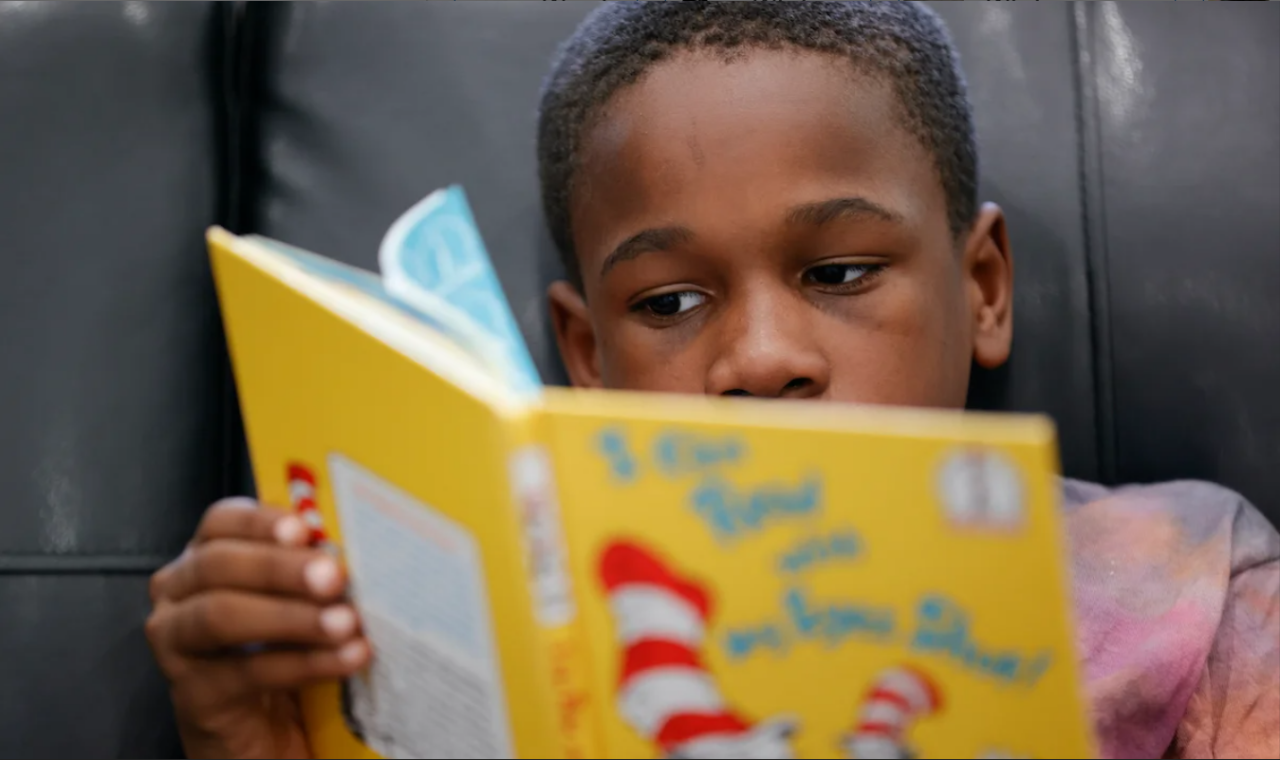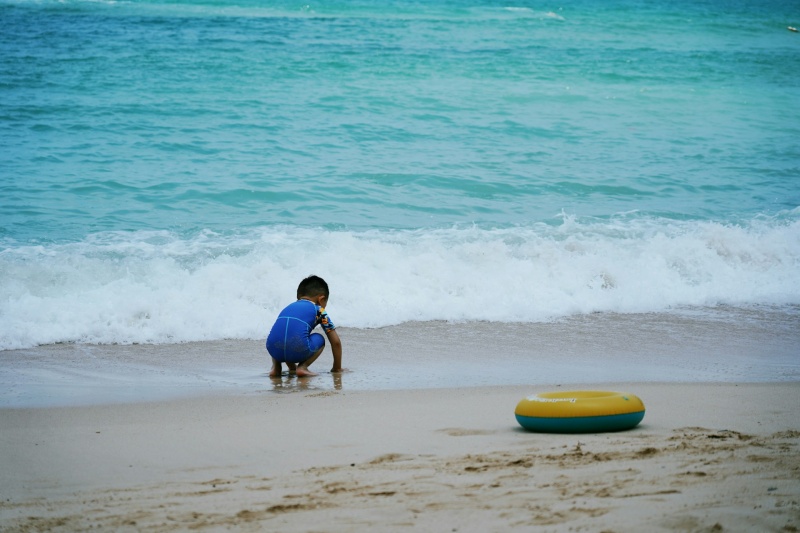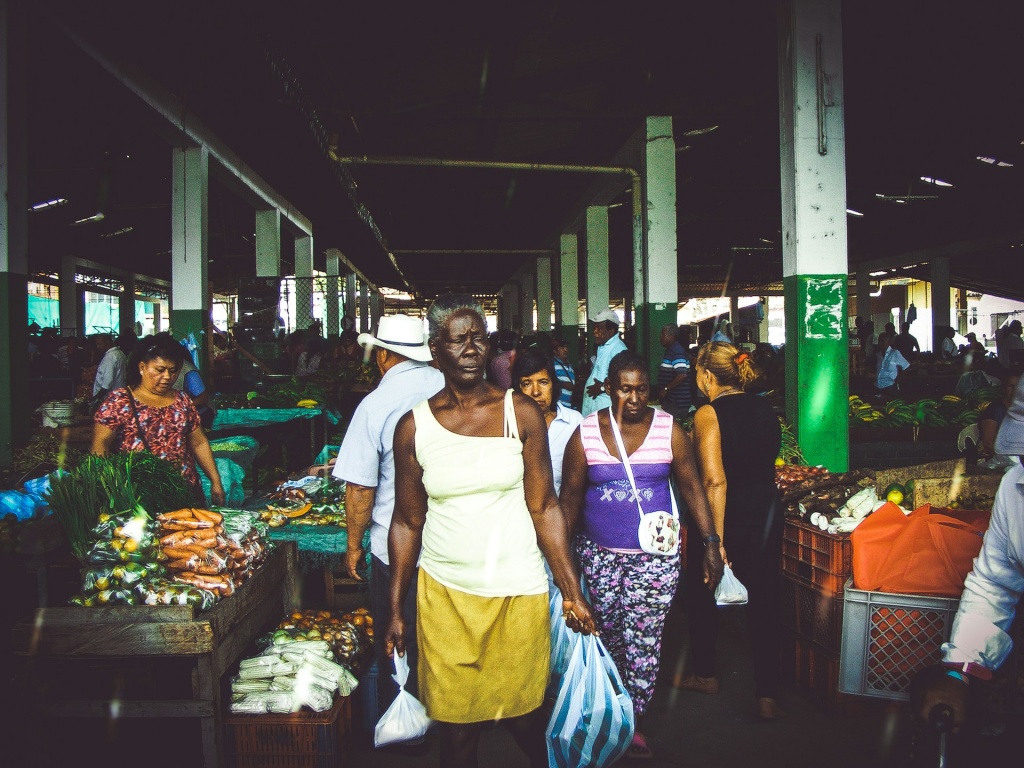Not since an army of bachacs stripped every leaf off a red-leaf ficus and a bird pepper plant overnight about 20 years ago, have I seen such complete decimation.
The giant African snail has come to town in stealthy and voracious numbers, licking up agricultural lands and little home gardens like mine.

The chadon beni, so profuse they looked like green carpets that spread indomitably without care, has disappeared. My precious poi bhaji leaves (Malabar spinach) are tattered and torn. Because of the rains, the place is still green, but it is mostly weeds—though the rosemary and Portuguese thyme are standing strong.
At night, taking out the garbage, I would see the dark silhouettes rising out of the low grass. You’d think them to be little stones if you suck didn’t know the terrain intimately. They seem to be nocturnal creatures, and I’d not made the distinction between the regular fellas and these until I spotted the dark brown markings in daylight.
I was filled with foreboding. I had read about the widespread infestations and the trail of destruction in their wake—nothing innocuous in their glistening tracks. An elemental survival instinct emerged, and I took to crushing them under the big stones so plentiful in my yard.
Initially, I was squeamish, once or twice I had inadvertently stepped on them at night and the crunching sound crawled my blood. But as I began to see their destructiveness I felt nothing but grim purposefulness as I squelched the living daylights out of them with my new armoury of flat stones.

(Copyright Office of the President)
Then someone sent me an article that warned that when they were squashed, they released their eggs and that just increased the size of the colony. I witnessed it myself and that put a prompt stop to the stoning. At some point during this period, I fell ill and simply could not be outdoors, especially when the Saharan dust was hazing us, and it was hard to watch everything I had tended with so much joy just die. I felt defeated.
I had seen television reports showing areas in central Trinidad, where villagers were describing the onslaught of the snails. How at first they would gather them daily and pile them up and make pyres. It didn’t stop the increasing infestation. Entire crops were wiped out. It was heartbreaking to see.
Everything I had learned, everything I had seen describing their unrelenting invasions, their astonishing rate of multiplication, made it seem a hopeless quest to eradicate them.
In June, a Florida county was quarantined when they were discovered there. The Florida Department of Agriculture and Consumer Services (FDACS) reported the invasion, noting that the snails carry a parasite called rat lungworm, which can cause meningitis.

(Copyright Nairaland)
They noted that they can produce up to 2,500 eggs annually, although another report said 1,200. The snails are described as one of the most damaging in the world, eating over 500 types of plants and reportedly consuming plaster and stucco, putting structures at risk.
Our Ministry of Agriculture must be at its wit’s end to try to manage this infestation. Initially, it had posted a telephone number (646-6284) for people to call when they spotted them, but I believe they are no longer going out to investigate. Instead, their website has identified areas where they have emerged since their first appearance in 2008.
Diego Martin Valley, Maraval, Invaders Bay, Mt Lambert, Aranjuez North and South and Barataria were on the list, and I am sure there are others.
The snails lay their eggs in the soil and on plant debris. They advised that solutions made from either water and bleach, or water and salt will kill them. It’s true. Once I was able, I’d resumed weeding, and that’s when I could see the buggers.

I got a bucket and poured some bleach and water into it. Then I put on gloves and squatted amongst the plants. On the first day, I gathered about two dozen adults, and about a hundred little ones; no exaggeration. They died; but the bucket had a crack and the solution seeped out by the end of the day. I was able to collect them in a bag and put them out for the garbage truck—satisfied that they were dead.
A few days later, I rounded up another bucket and tackled a different area. Same result, except this time there was no leakage.
I used that same solution for two days of collection then emptied it into the cracked bucket where the liquid was drained and I could empty them carefully into a bag for disposal. I have done it again and I have to remind myself as soon as I am finished writing this to go drain it off.
I am grateful for the advice given by the Ministry of Agriculture. I would never have imagined how many little ones were lurking within the foliage. I would never have believed the volume if I had not seen it myself.

(Copyright Getty Images)
Fortunately, they are snails with shells, so it is not so gross to touch them (always, always wearing gloves), and it has restored some of my energy to tackle the situation in my yard.
I wanted to share this because I can well imagine the despair it has caused for many who have experienced the destruction, and while it is an ongoing battle, all is not lost.

Vaneisa Baksh is a columnist with the Trinidad Express, an editor and a cricket historian. She is the author of a biography of Sir Frank Worrell.
 Wired868 Wired868 for smart sport news and opinion
Wired868 Wired868 for smart sport news and opinion







Maybe neighbours who are harrassed by these buggers should come together and organize some chickens and let them loose on them.